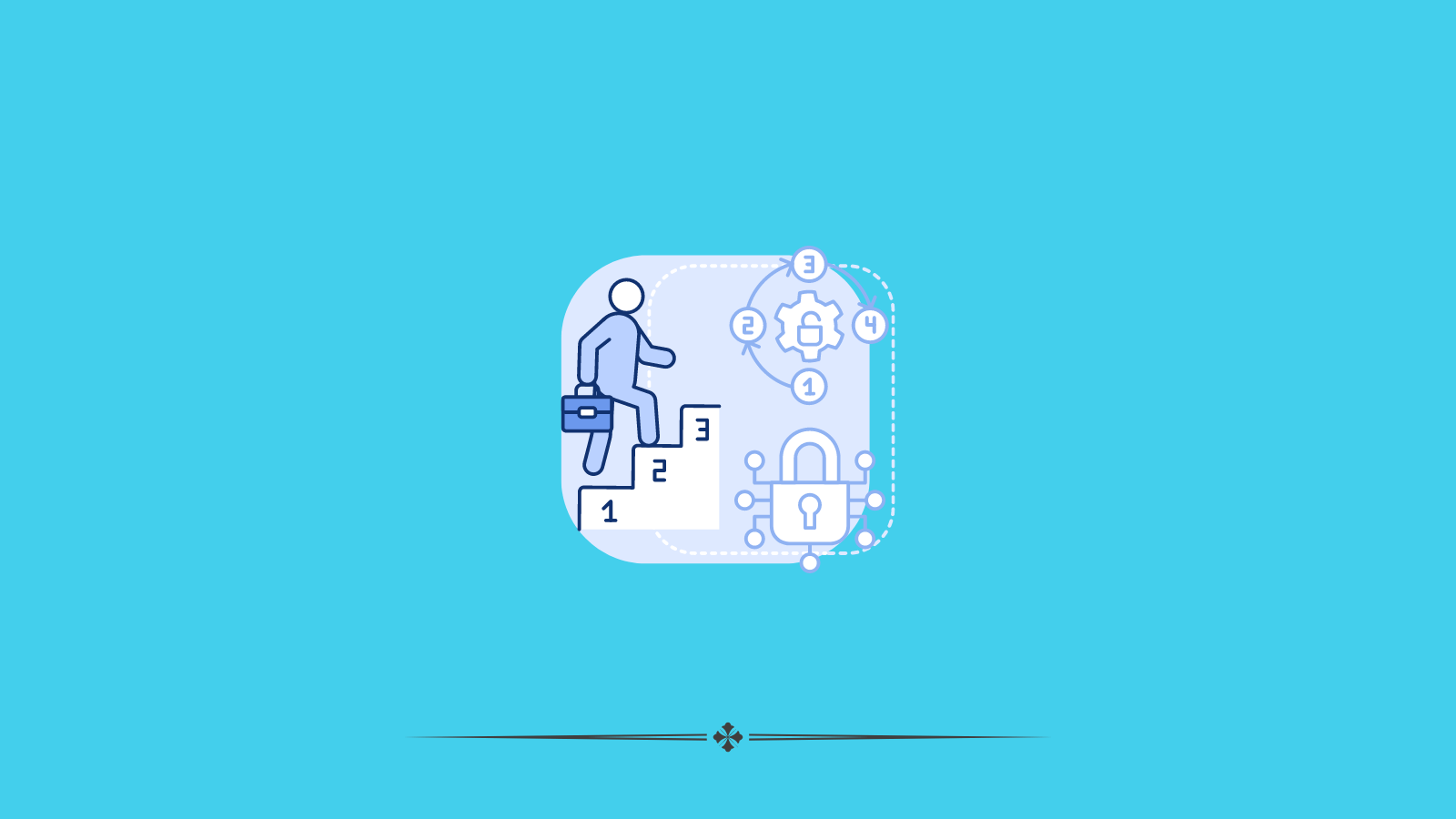Role-Based Access: Who Needs to Know What?
Role-Based Access Control (RBAC) is a strategic approach to managing user permissions within an organization. By assigning access rights based on roles rather than individual identities, RBAC ensures that employees have the necessary information and resources to perform their duties effectively while maintaining robust security and compliance. Here’s a detailed look at who needs to know what in an RBAC framework.
Chapters
Understanding Role-Based Access Control

So,what is role based access control? RBAC operates on the principle of assigning permissions to roles rather than individuals. Each role has specific access rights tailored to the responsibilities and tasks associated with that position. This method simplifies access management, enhances security, and helps maintain compliance with regulatory standards.
Key Roles and Their Access Needs
- Executive Management
- Access Needs: Executives need broad access to various business areas, including financial data, strategic plans, and performance metrics. They require information across departments to make informed decisions and steer the company.
- Security Considerations: Given their extensive access, executives should be protected with robust security measures such as Multi-Factor Authentication (MFA) and encryption to safeguard sensitive data.
- Finance and Accounting
- Access Needs: This team requires access to financial records, budgeting systems, payroll data, and transaction histories. They need to generate financial reports, manage budgets, and ensure regulatory compliance.
- Security Considerations: Financial data is highly sensitive. Access should be tightly controlled, with stringent auditing and monitoring to prevent fraud and unauthorized access.
- Human Resources (HR)
- Access Needs: HR professionals need access to employee records, recruitment databases, performance evaluations, and compensation details. They manage sensitive personal information and HR processes.
- Security Considerations: Protecting employee privacy is critical. Role-based access ensures that HR personnel can access necessary information without exposing it to unauthorized parties.
- IT Department
- Access Needs: IT staff need access to network configurations, security protocols, system maintenance tools, and user management systems. Their role is to maintain and secure the company’s IT infrastructure.
- Security Considerations: IT roles often have elevated privileges. Strict controls and monitoring are essential to prevent misuse and ensure that IT staff only access information relevant to their tasks.
- Sales and Marketing
- Access Needs: These teams require access to customer relationship management (CRM) systems, marketing analytics, sales performance data, and customer contact information. They need this information to drive sales and marketing strategies.
- Security Considerations: Access to customer data should be restricted to prevent leaks and ensure compliance with data protection regulations. Monitoring and periodic audits help to maintain data integrity.
- Operations
- Access Needs: Operations staff need access to supply chain information, inventory management systems, production schedules, and logistics data. This access is crucial for maintaining efficient operational workflows.
- Security Considerations: Ensuring data accuracy and preventing unauthorized changes is key. Access should be limited to operational data relevant to their specific tasks.
- Research and Development (R&D)
- Access Needs: R&D teams require access to research data, project management tools, intellectual property (IP) information, and collaboration platforms. This access supports innovation and product development.
- Security Considerations: Protecting IP and sensitive research data is vital. Access controls and non-disclosure agreements (NDAs) help to secure proprietary information.
Implementing RBAC Effectively

- Define Roles Clearly: Establish clear definitions for each role within the organization. Identify the specific access needs and responsibilities associated with each role.
- Assign Permissions: Assign permissions based on role requirements. Ensure that employees have the minimum access necessary to perform their duties, following the principle of least privilege.
- Use Access Management Tools: Utilize tools and software that support RBAC implementation. These tools can automate the assignment of roles, manage permissions, and monitor access.
- Regular Reviews and Audits: Conduct regular reviews and audits of access permissions to ensure they remain appropriate as roles evolve and business needs change. Adjust permissions as necessary to maintain security and compliance.
- Employee Training: Train employees on the importance of access controls and their role in maintaining security. Ensure they understand the policies and procedures related to their access rights.
Conclusion
Role-Based Access Control is essential for managing access to information within an organization effectively. By tailoring access levels to match employee roles, businesses can enhance security, improve efficiency, and ensure compliance with regulatory standards.
Implementing RBAC requires clear role definitions, appropriate assignment of permissions, and continuous monitoring and training. With these measures in place, organizations can safeguard their data while enabling employees to perform their duties effectively.
Other Interesting Articles
Create more and better content
Check out the following resources and Grow!